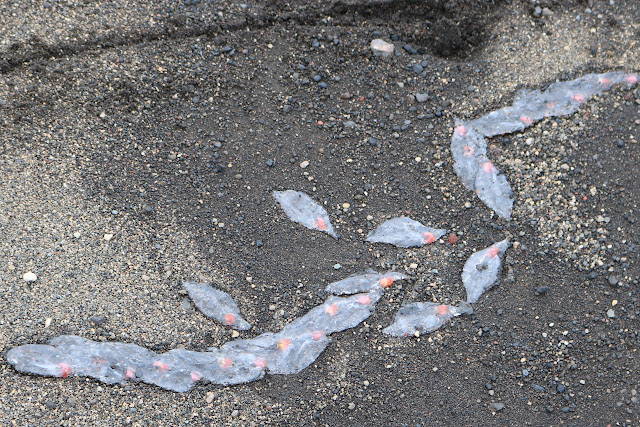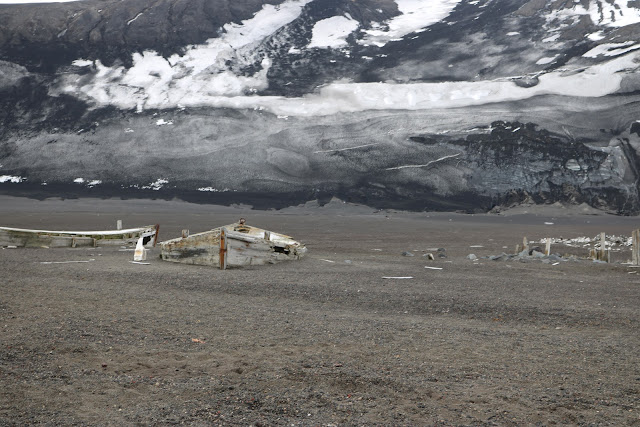I was blessed to have some fantastic travel companions and made some new friends.
Martin, Andrea, Sebastian, and Marta
They all helped make this a fantastic journey.
The dreaded Drake passage was fairly calm and easy going for the trip across to Antarctica. I did experience a little sea sickness the first day but nothing major (so thankful for the motion sickness patches).
Ship's Log: Thursday, January 19 - We woke up to a very subtle rolling to remind us that we were at sea. While the Drake Passage is notorious for its rough condition, we have been lucky to experience the opposite phenomenon known as the Drake Lake! The wind that was blowing though, was coming from the east, which is unusual, as it almost always comes from the west.
The return trip was not so smooth. Even with the patch I was really sick for one day and didn't venture very far from the couch in my cabin.
Ship's Log: Thursday, January 26 - Our final night on the Drake brought what some of us had hoped for – a little shake (but not too much). From around 2-4:00 am M/V Corinthian was tossed well enough to wake many of us from our sleep, before subsiding as we neared the southern tip of South America. Soon after reaching the protected waters of the Beagle Channel, the Bridge reported 50 knot winds with 70 knot gusts off Cape Horn where we had been only a couple hours before.
The program directors put together a short video of our journey and it captures the essence of this most fantastic experience. I hope you enjoy it.
WOW!!!! is about all I can say at this point. Who knows where my next journey will take me.




















































